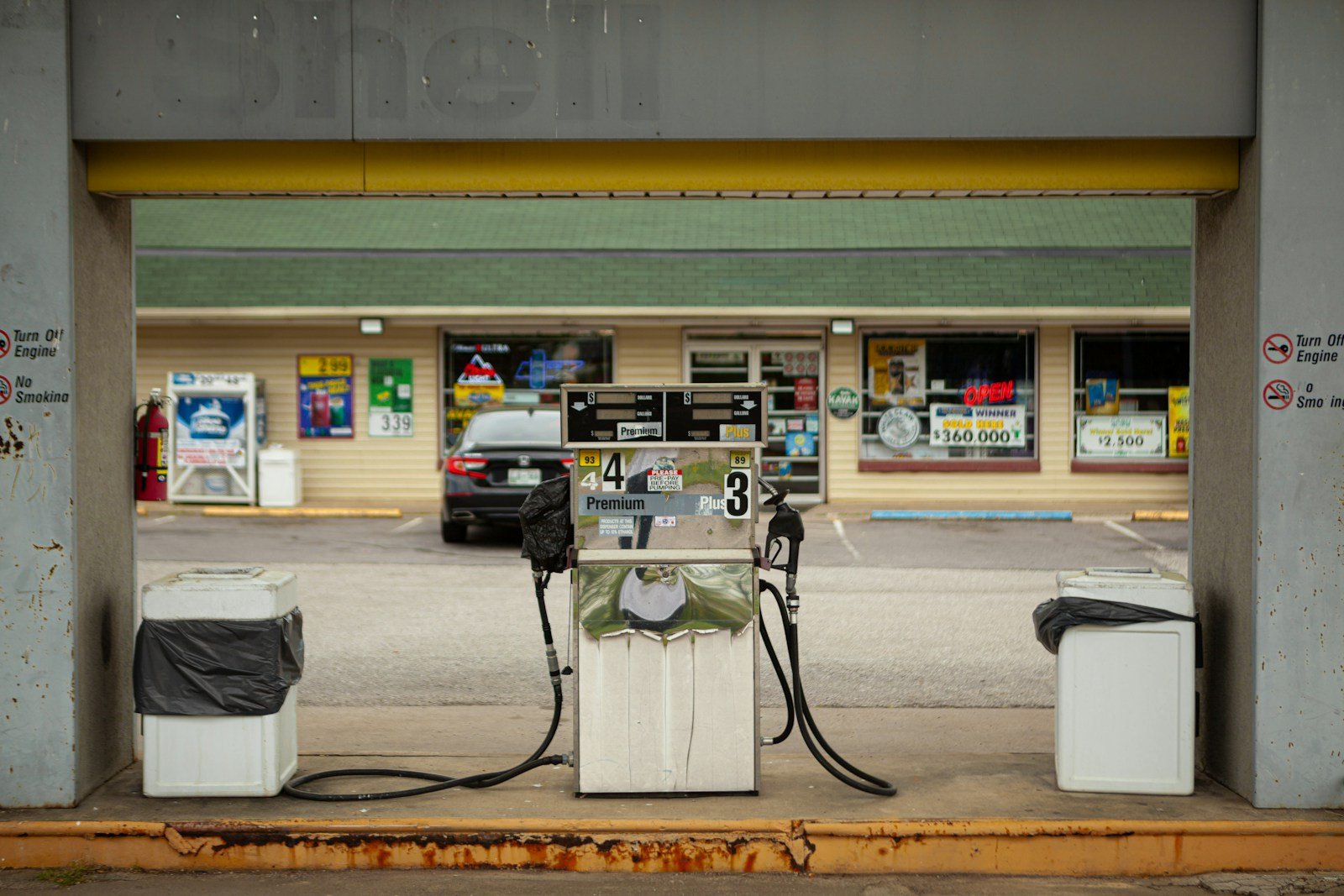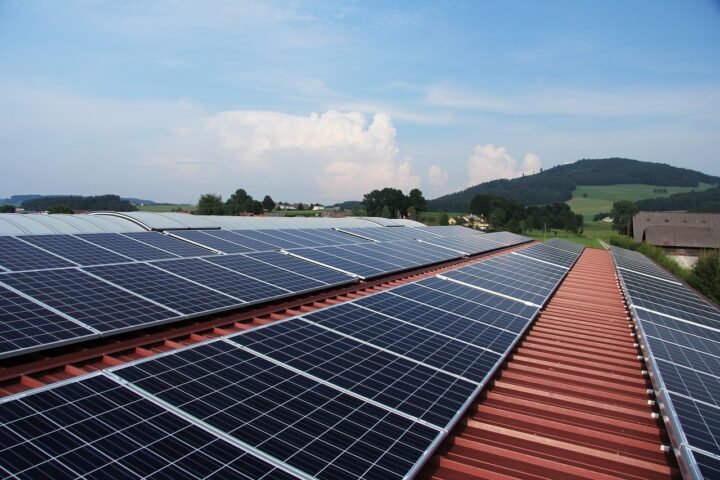- California’s climate regulations, such as the Low Carbon Fuel Standard, are contributing to higher gasoline prices.
- Forecasting the impact of regulations on fuel prices is uncertain and difficult due to numerous outside factors.
- Pairing greenhouse gas reduction regulations with mechanisms like emissions allowance price ceilings can help contain potential costs while achieving environmental goals.
- Limiting compliance options or discontinuing programs like Cap-and-Trade and LCFS while maintaining carbon reduction goals will increase costs for businesses and consumers.
It probably can’t have both.
It’s a Monday, the sky is blue, and people are upset about gasoline prices in California. This is, of course, not a new story. People are always upset about gasoline prices! Over the last few years the finger of blame (at least in the EI blogosphere) has been pointed at the mystery gasoline surcharge.
However over the last six weeks or so, an increasing number of politicians, the media, and even analysts have discovered that California’s climate regulations are contributing to higher gasoline prices as well.
All of this is coming to a head in a looming decision by the California Air Resources Board over revisions to California’s Low Carbon Fuel Standard (LCFS). While Republicans are using the saliency of gas prices to raise questions about California’s climate policies, Democrats have also been critical, citing a lack of transparency over the possible impacts of regulatory changes on gasoline prices. My sense is that the confusion is less about a lack of transparency and more about the fact that the CARB has no real clue what gasoline prices will be two, let alone ten years from now. California Needs to Decide If It Wants Low Carbon or Low Gasoline Prices
Read the full post at Energy Institute at Haas.



